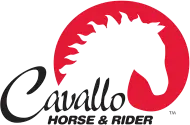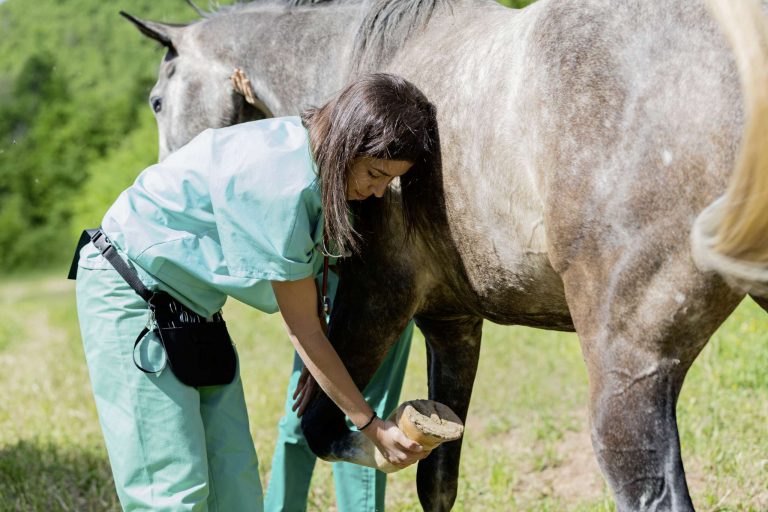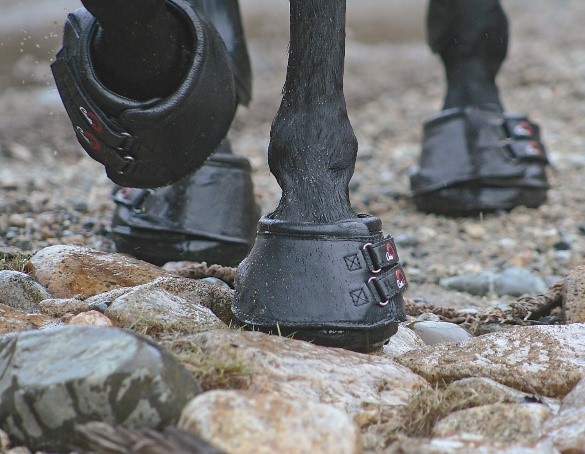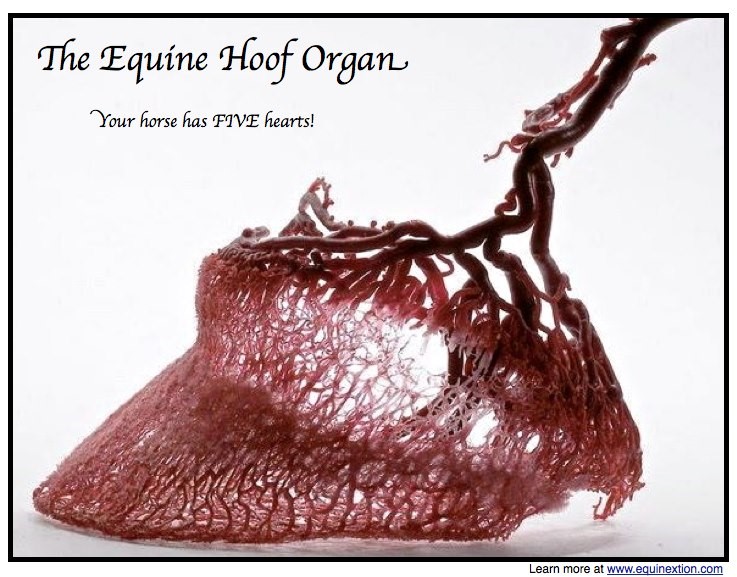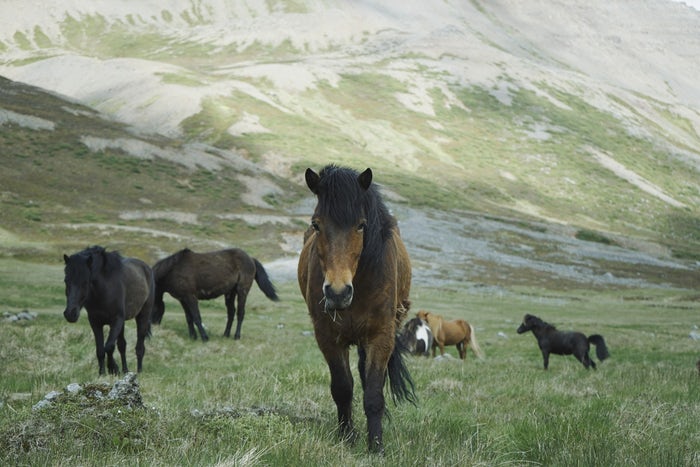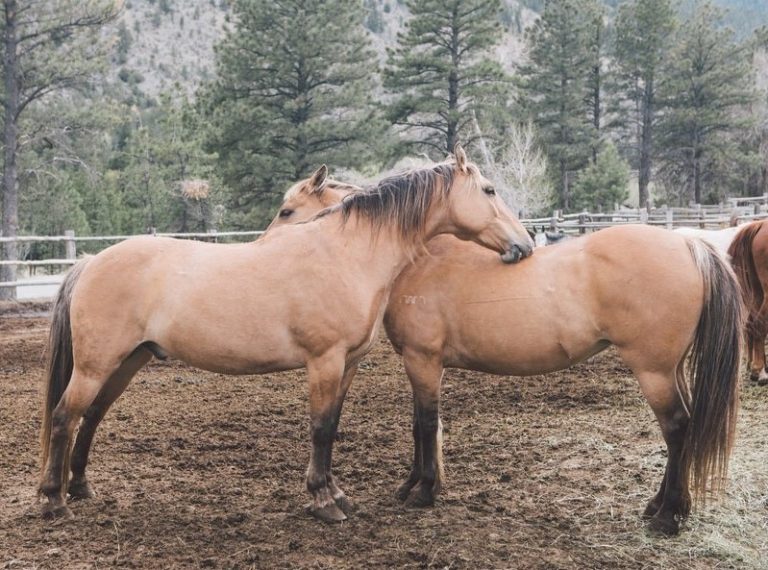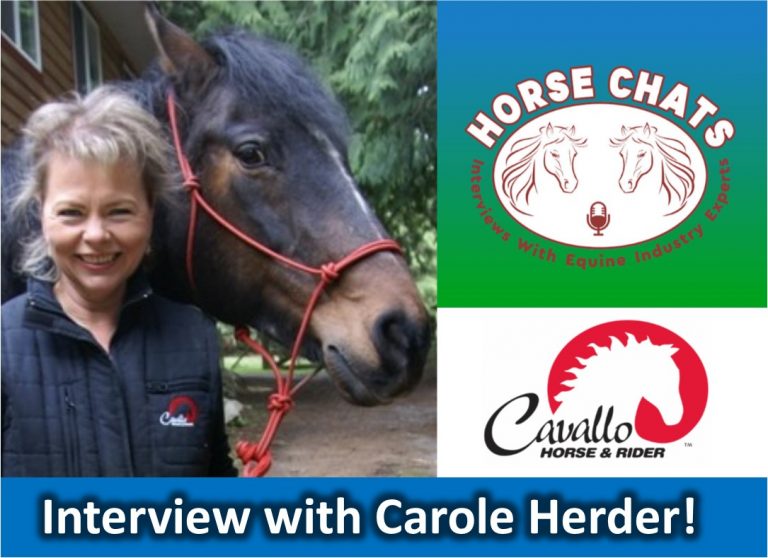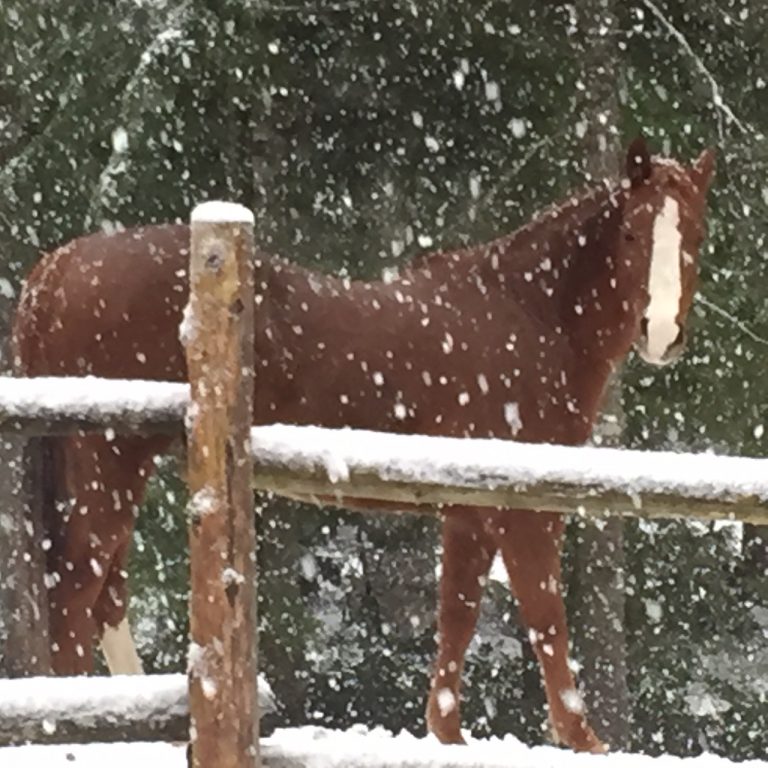Navicular – Seek the Truth
Navicular Disease is also referred to as Navicular Syndrome or Caudal Heel Pain. Overly diagnosed and grossly misunderstood; symptoms appear slowly. You will see subtle signs such as pinned ears, swishing tail, overall discomfort or an inability to pick up the correct lead. Your horse seems uncomfortable, but you can’t pinpoint why. He has a…
Learn more about this article